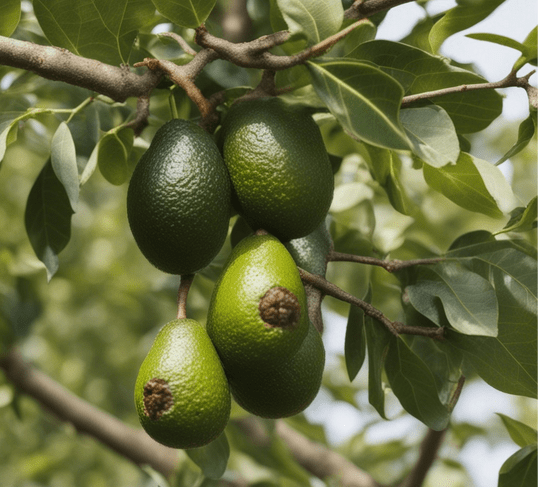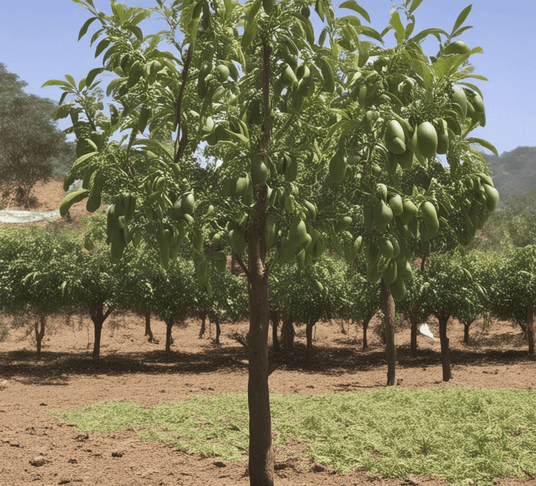Are you trying to figure out how to control scab on avocado? Scab is a common issue that can affect how your avocados look and grow. It’s like a small blemish on the skin of the fruit, but don’t worry, it can be managed! This guide is great for anyone – whether you’re a young gardener, a family working on your avocado tree, or just an avocado lover. We’ll share some helpful tips to treat and prevent scab, so your avocados can stay healthy and beautiful. You don’t need to be a plant expert; our advice is simple and easy to follow. Let’s take care of your avocado trees together and keep them scab-free!
Understanding Avocado Scab
Avocado scab manifests as raised, corky lesions on the fruit’s skin. These lesions can vary in size and shape, creating unsightly blemishes. While avocado scab doesn’t typically affect the fruit’s taste or interior quality, it diminishes their visual appeal.
Causes of Avocado Scab
Avocado scab is primarily a cosmetic issue, but it can affect the marketability of your fruits. It thrives in humid conditions and is more common in regions with consistent rainfall or overhead irrigation. The fungus responsible for scab overwinters on infected leaves and fruit.
Treatment and Control
Pruning:
Begin by pruning your avocado trees to improve air circulation. This reduces humidity around the fruit, making it less favorable for scab development.
Sanitation:
Properly dispose of fallen leaves and infected fruit to reduce the source of fungal spores. Composting infected material is not recommended.
Fungicide Application:
When fruit is young and scab infection risk is high, apply a copper-based fungicide or a fungicide specifically formulated for avocado scab. Follow the manufacturer’s instructions carefully.
Avoid Overhead Irrigation:
Water the avocado trees at the base to keep the foliage dry. Drip irrigation is an effective method for reducing humidity around the trees.
Fruit Bagging:
Consider using fruit bags or protective coverings to physically shield the developing fruit from fungal spores. This is particularly useful in high-risk areas.
Monitor Weather Conditions
Keep an eye on weather forecasts, especially during rainy seasons. Be prepared to increase preventive measures if wet conditions persist.
Conclusion
Avocado scab may be unsightly, but with proper management and treatment, you can significantly reduce its impact on your avocado crop. Regular pruning, sanitation, and fungicide applications, combined with vigilant monitoring of weather conditions, will help keep your avocado fruits blemish-free and market-ready.
By following these tips for treating avocado scab, you can enjoy beautiful, healthy avocados that not only taste great but also look appealing, ensuring that your avocado crop remains a valuable addition to your garden or orchard.



